News
-
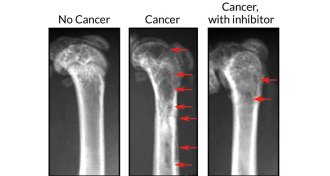 Health & Medicine
Health & MedicineWeapon of bone destruction identified
Scientists discover myeloma’s secret bone-destroying messenger.
-
 Astronomy
AstronomySigns of planet detected around sun’s nearest neighbor star
A planet roughly the size of Earth orbits within the habitable zone of Proxima Centauri, the closest star to the sun.
-
 Quantum Physics
Quantum PhysicsExperiment confirms plan for quantum-coded messages
A new way to send secret quantum messages uses shorter keys.
-
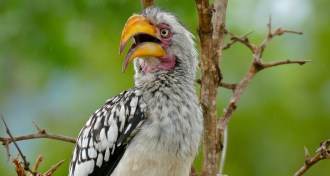 Animals
AnimalsWays to beat heat have hidden costs for birds
Birds that look as if they’re coping with heat waves and climate change may actually be on a downward slide, with underappreciated disadvantages of panting and seeking shade.
By Susan Milius -
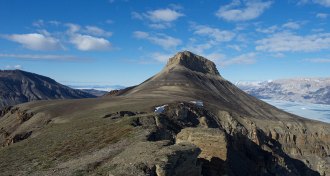 Oceans
OceansLack of nutrients stalled rebound of marine life post-Permian extinction
Warm sea surface temperatures slowed the nitrogen cycle in Earth’s oceans and delayed the recovery of life following the Permian extinction, researchers propose.
-
 Neuroscience
NeuroscienceFentanyl’s death toll is rising
The ability of fentanyl, an opioid, to freeze chest muscles within minutes may be to blame for some overdoses, a new autopsy study shows.
-
 Neuroscience
NeuroscienceEating shuts down nerve cells that counter obesity
A group of nerve cells shut down when food hits the lips, a study of mice finds.
-
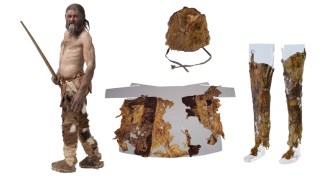 Archaeology
ArchaeologyHow to get Ötzi’s look
DNA from Ötzi the Iceman’s clothes and quiver traced to both domesticated and wild animals.
By Bruce Bower -
 Earth
EarthAmericas’ hookup not so ancient after all
Debate lingers over when the Isthmus of Panama formed and closed the seaway that separated North and South America millions of years ago.
-
 Genetics
GeneticsGenetic diversity data offers medical benefits
Study of protein-producing DNA narrows down disease-causing genetic variants.
-
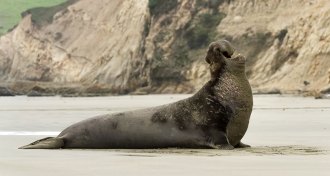 Health & Medicine
Health & MedicineWhen it comes to antimicrobial resistance, watch out for wildlife
Focusing on antimicrobial resistance in hospitals and farms misses a big and not well understood part of the issue: wildlife.
By Susan Milius -
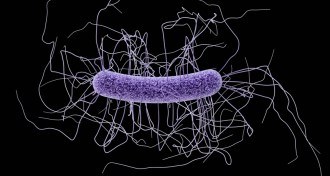 Life
LifeGenes that control toxin production in C. difficile ID’d
Pinpointing the genes behind Clostridium difficile toxin production could help researchers disarm the superbug without killing “good” bacteria.